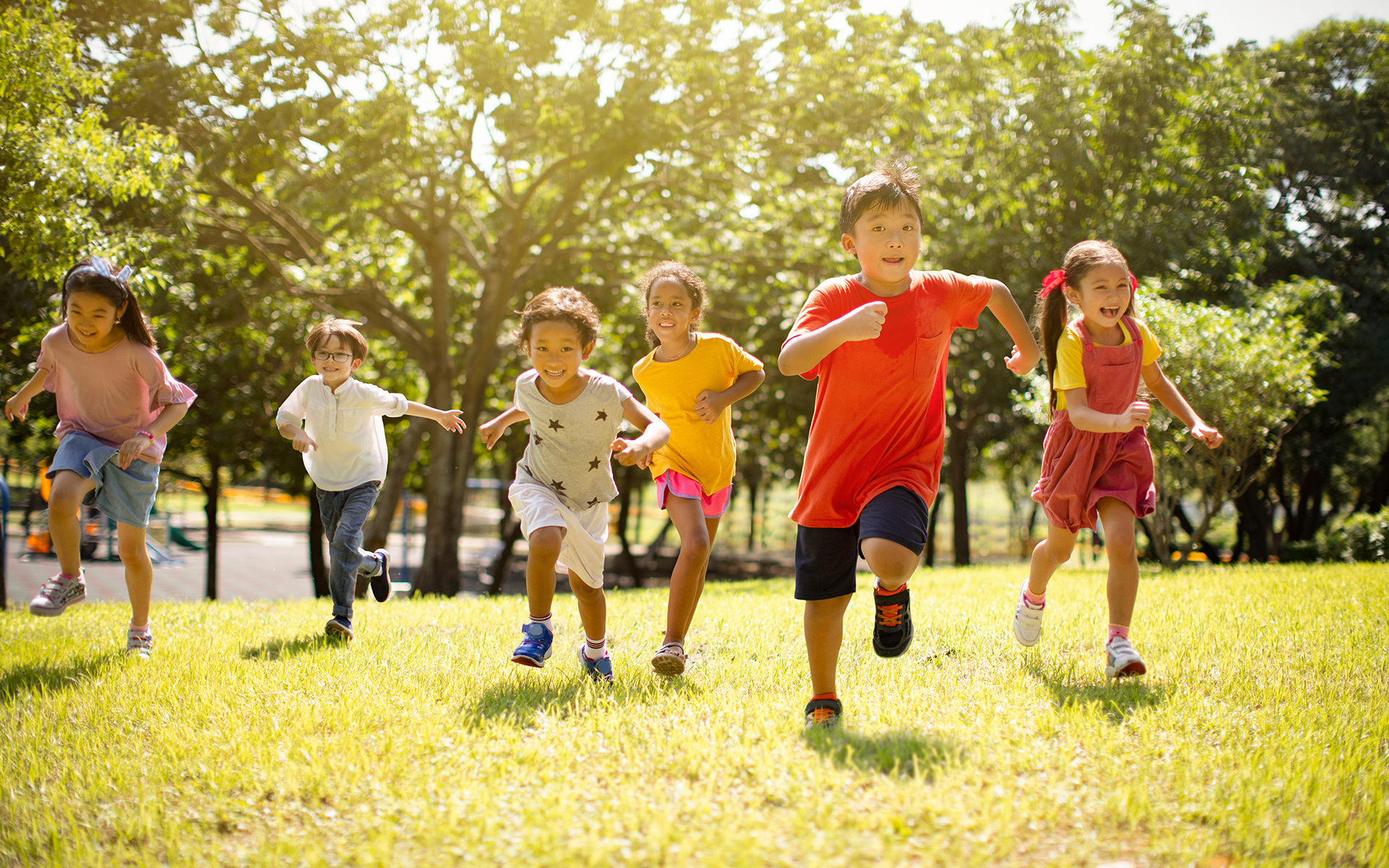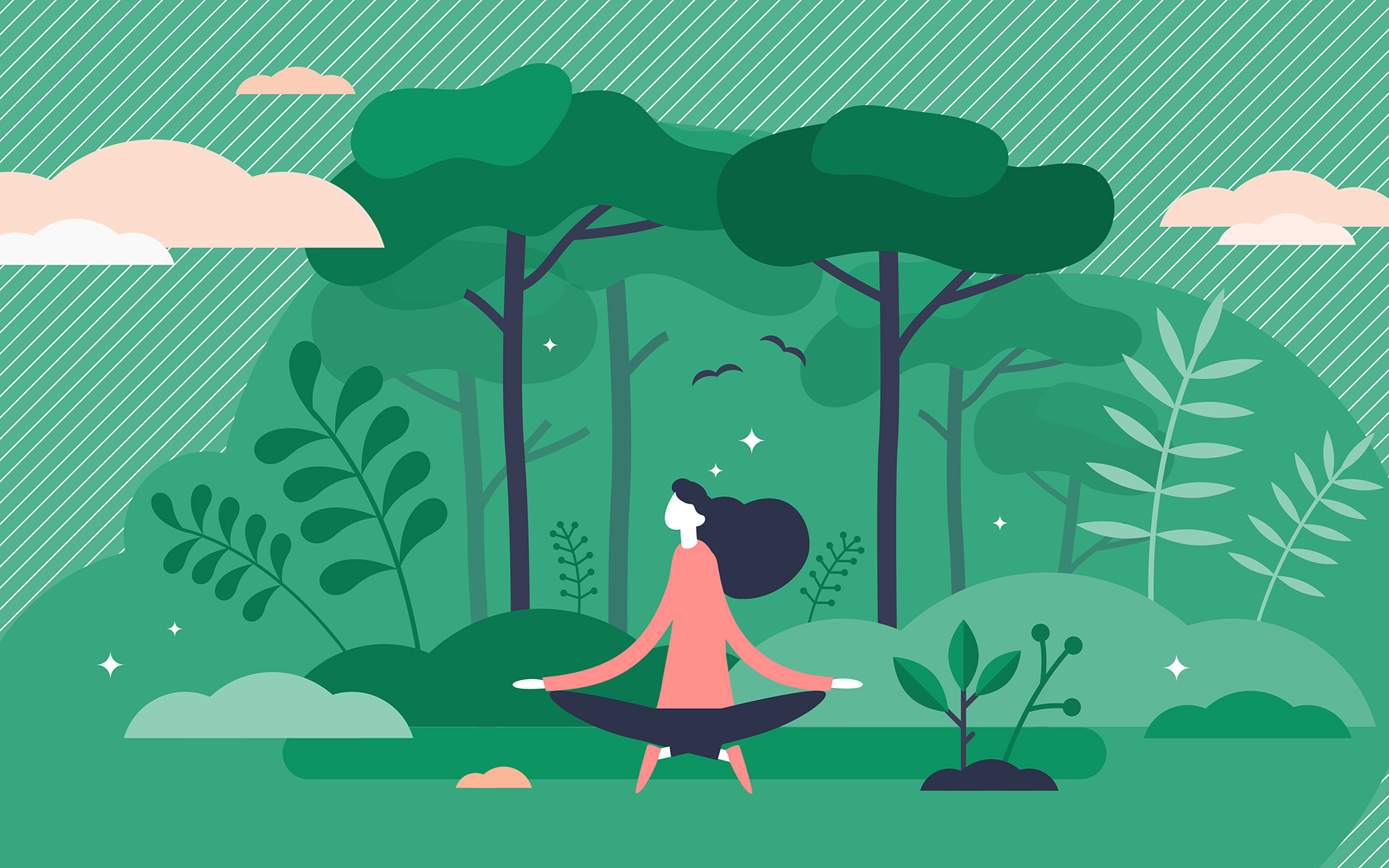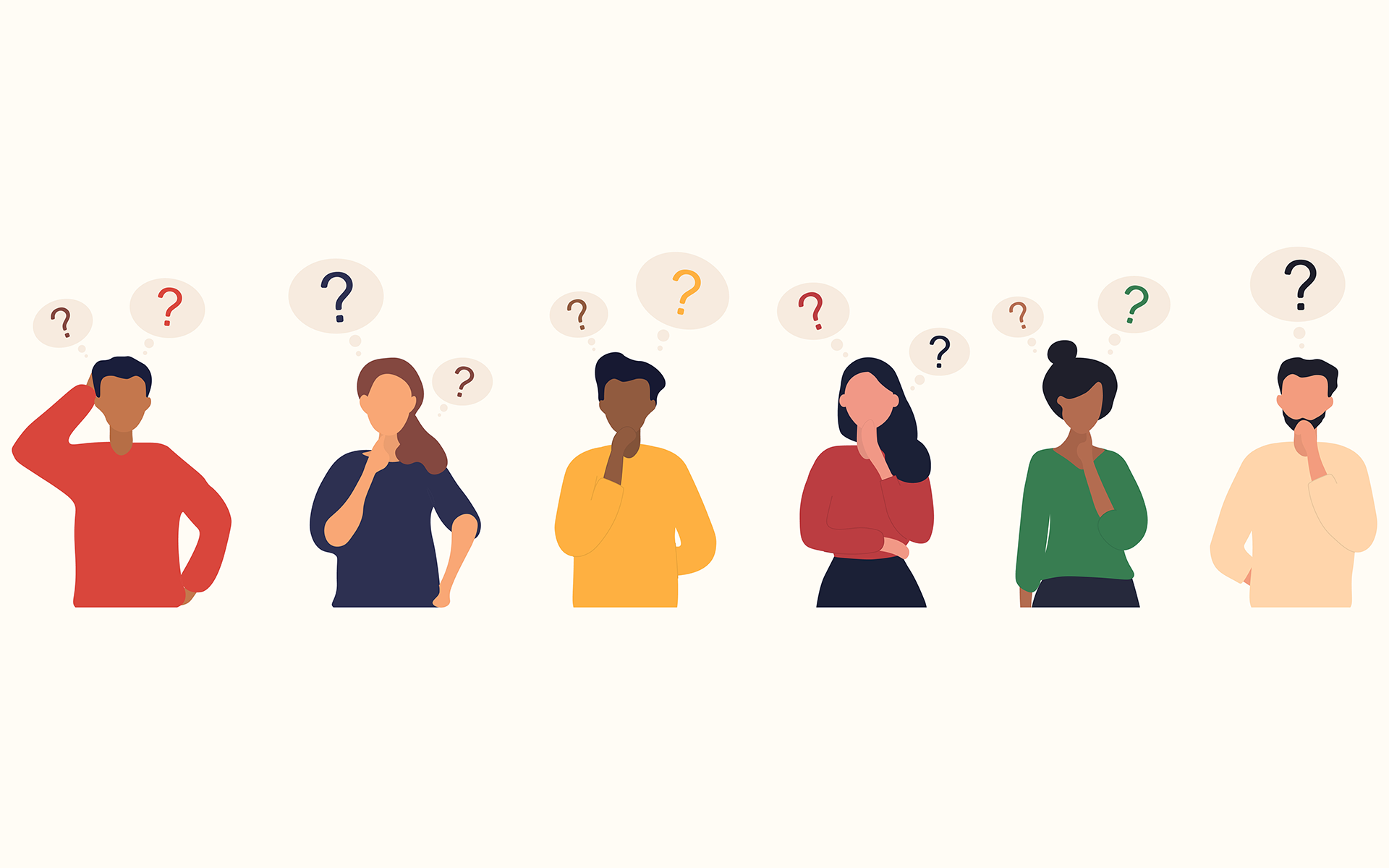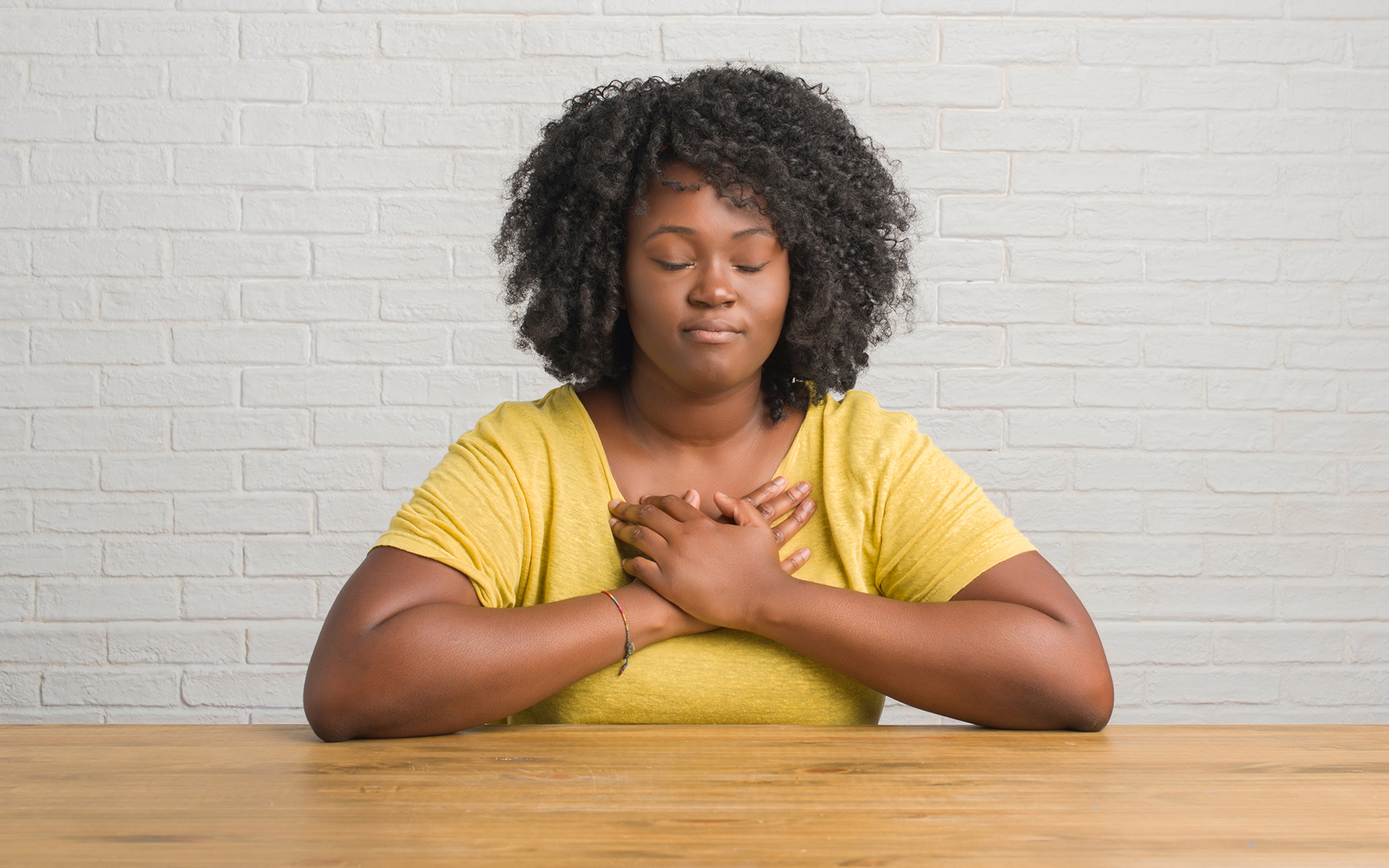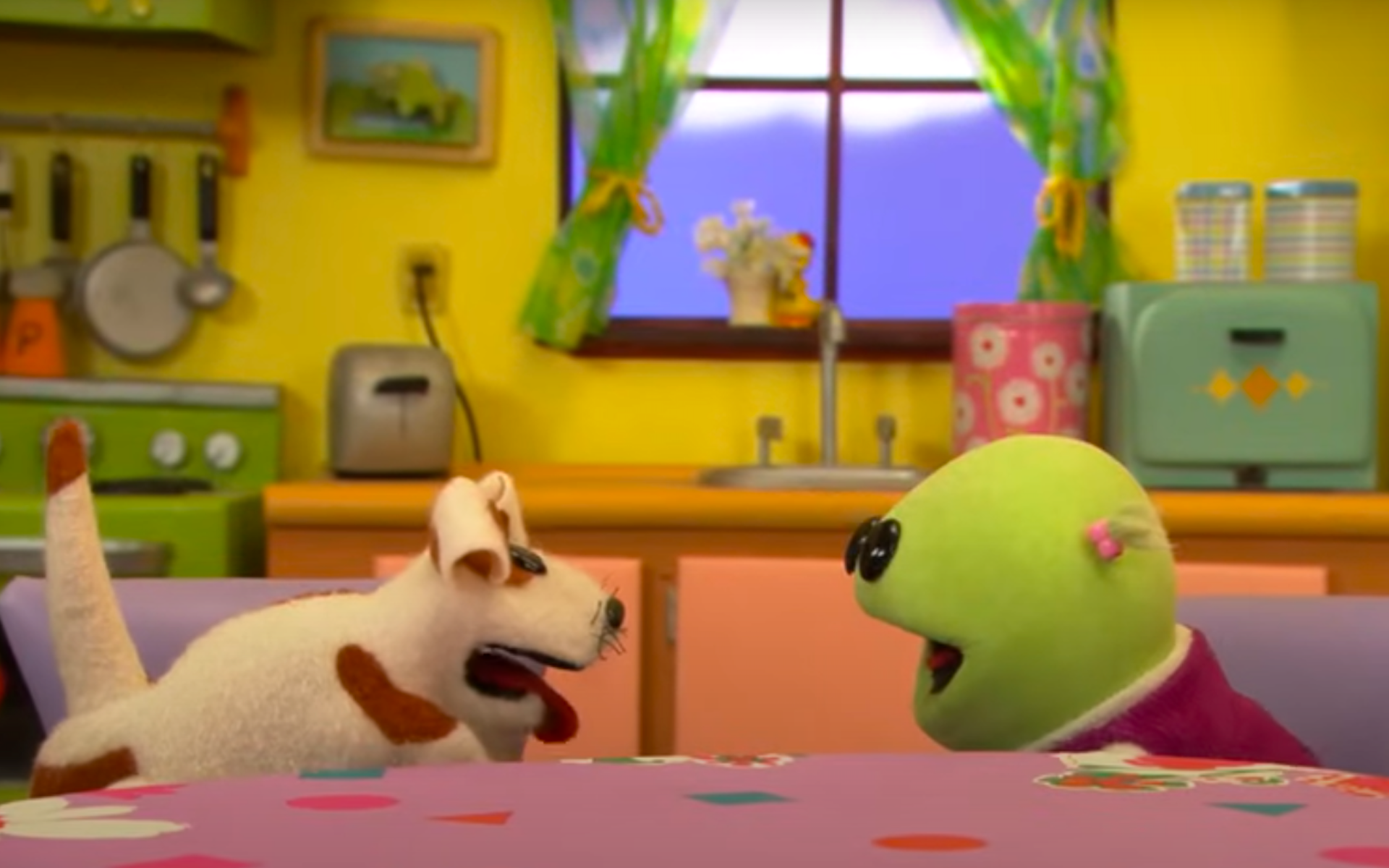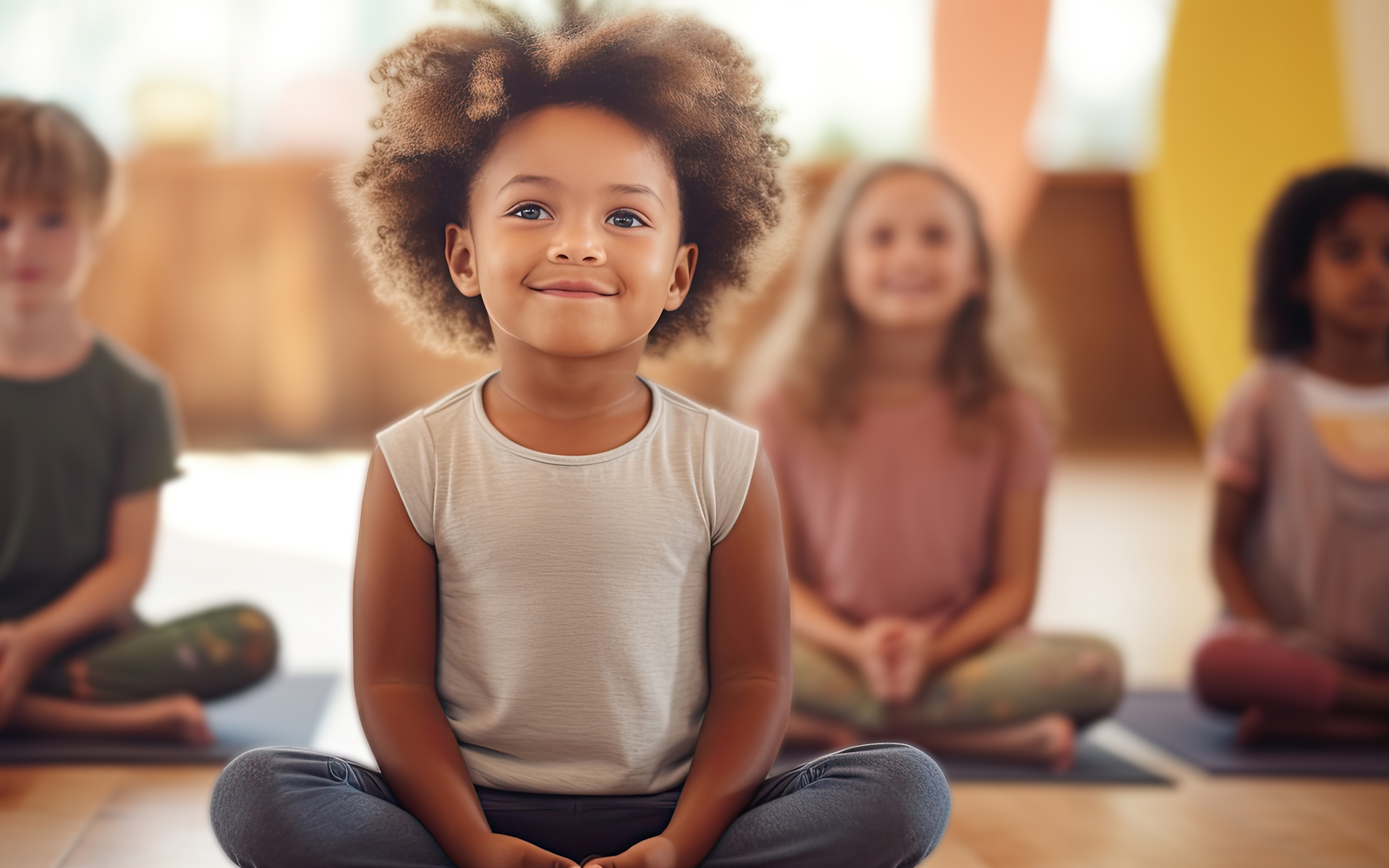Despite mindfulness being about stretching our comfort zones, after a couple decades of practice sometimes it feels like it is my comfort zone. I’ve been steeped in the practice for so long—studying Buddhism as an undergrad and grad student, writing about it, and sharing mindfulness practices with my students at the school where I am a Mindfulness Director and PE teacher. I’ve become something of an ambassador to stillness, willing to discuss mindfulness and meditation anytime, anywhere. Yet there was a moment last year when I felt stumped.
I was attempting to link mindfulness and social justice for an upcoming series of health and wellness lessons I was teaching to fourth graders. After a couple of weeks of teaching basic mindfulness, the next few sessions would integrate diversity, equity, and inclusion (DEI). Despite engaging in numerous professional development workshops centered around DEI, I had never been the one to teach that material directly in a classroom setting. As a white-identified, cisgender male, it’s no wonder I felt at home discussing mindfulness, a practice that has largely been taken up in white, privileged spaces. Reflecting on the experience, I think I was afraid to step outside my comfort zone because I misguidedly thought my personal identity would somehow make these conversations feel inauthentic. As I approached the lesson, the link between sitting still and taking action felt somewhat arbitrary.
Rather than go it alone, I teamed up with our school psychologist, who had more experience implementing this curriculum, and watched with admiration as she engaged the students in lively and purposeful discussions. We practiced deep listening in order to better hear one another’s stories, and engaged in a loving-kindness meditation to stoke compassion. Yet the experience left me wondering how connected mindfulness and DEI truly are. If practice struggles to support justice in a school curriculum, how valuable can it be?
To dig into this a little deeper I reached out to Rhonda Magee, author of The Inner Work of Racial Justice, and a trailblazer in linking contemplative practice with intentional action. It was a stirring and emboldening conversation that illuminated why my own discomfort, vulnerability, and willingness to engage is precisely the point from which lessons centered around mindfulness and DEI can occur. It is a message I have taken to heart. As Rhonda Magee made clear, to ask whether mindfulness and justice are compatible in a school curriculum misses the point. Not only are they mutually supportive, they are essential.
A Q&A with Rhonda Magee
Alex Tzelnic: How did mindfulness begin to inform and support your DEI work?
Rhonda Magee: I approach mindfulness from this body and my own experience as a Black woman in this world and therefore the two have always been inter-experienced for me. To live in a world that has increasingly been opened up by, supported by, and infused with mindfulness has meant being more open to the understanding of my social experience, including those experiences that have to do with the topics of DEI. I move through the world experiencing the world and these experiences influence how I think of mindfulness. So it’s not one direction but it’s this iterative experience.
Your experience and mine arise in a world I didn’t create, and you didn’t create, but one in which race, gender, and identity are part of the experience of being alive. These practices that we call mindfulness have been available to me as I have sought to be more clear about what it means to be alive.
Alex Tzelnic: In The Inner Work of Racial Justice, you write, “With mindfulness, we can develop the capacity to sit with these hard truths of ‘the way things are’ long enough and profoundly enough that we might not only see more, but also begin to disrupt the patterns within ourselves that help perpetuate racism. In so doing, we begin a crucial process capable of creating real change in the only place we can be sure that real change can happen: our own minds.” How does real change in our own minds become actual change in the world?
Rhonda Magee: Once we become more clear about the nature of reality, the conditioned nature of things, the fact that we’re constructing and creating our world, that applies to everything. That applies to our identities in the social realm, the stories we apply to our identities, the wounds we carry, and the suffering that our people have experienced. How we relate to all of this experience is at the heart of mindfulness and compassion practices.
At the core of all that is opening up that aperture of how we relate to all of these experiences. Once we can see more clearly how we carry these experiences, thoughts, and narratives in our body, how we pass them on in our interactions with each other and intergenerationally, how we seed these, we can become more aware of this dynamic interplay that is present in ourselves and our interactions with others, and the broader contexts in which we move. Then we can realize that our actions matter, our words matter, and while we cannot change the broader systems or patterns, each one of us has some agency within those systems and patterns. This is as simple as saying that our lives already all do matter in a very fundamental way, we all already do belong, we’re all embedded in this complex set of relations and relationships that make up our lives, and so if we can be more present to the subtle ways that we are tempted to react automatically to things, to our experiences, the stories that become narratives, if we can be a little more awake—and I have modest goals around this—we might navigate all that more skillfully. I do believe it can make a profound difference in the outer realm because our actions matter, our intentions matter, and so on.
“Once we can see more clearly how we carry these experiences, thoughts, and narratives in our body, how we pass them on in our interactions with each other and intergenerationally, how we seed these, we can become more aware of this dynamic interplay that is present in ourselves and our interactions with others, and the broader contexts in which we move.”
Rhonda Magee
Everything I try to do is grounded in a certain kind of ethics, the core of which is the commitment to, as best I can, minimize the harm that I do. Trying to share these practices in a skillful way in support of DEI is a place of real practice around that. How do we engage in the work of making the world more just and equitable and inclusive? That’s the next edge of the DEI envelope. How do we really engage in the effort to enhance our ability to minimize harm, leaning into mindfulness and compassion practices in these secular spaces where the kinds of harm that we’re talking about morph and shift? They rhyme but they don’t look like what they did twenty or fifty years ago or what they’ll look like tomorrow.
That is where I am in terms of this work. It’s staying as faithful as I can with my own deepening practice and having some space and hope in this effort to bring mindfulness and compassion practices into secular settings.
Alex Tzelnic: When it comes to teaching social justice in schools, some might wonder why mindfulness needs to be a part of the equation at all. How can mindfulness support student learning in this area?
Rhonda Magee: Mindfulness is inviting us to really reflect on who we are. I know fourth graders are much more capable of this kind of thought than we expect them to be. They are shockingly capable of holding complexity. It’s often the adults that are not ready. To bring together mindfulness, DEI, and well-being is to open space for being aware of how we construct social identities, and the challenge is to have a strong sense of who we are but also not to let the sense of our own beingness be a wall; to bridge into our common humanity, our common plight as human beings on a planet where everything is connected. To me there is no one-size-fits-all way to do this.
“To bring together mindfulness, DEI, and well-being is to open space for being aware of how we construct social identities, and the challenge is to have a strong sense of who we are but also not to let the sense of our own beingness be a wall; to bridge into our common humanity, our common plight as human beings on a planet where everything is connected.”
Rhonda Magee
I’ve come to see this work as expanding our ability to hold multiple and complex realities. The challenge is deepening that capacity for holding complexity in a way that is not scary but more availing of play and excitement and curiosity; allowing these inquiries into who we really are and supporting our ability to make connections and bridges as opposed to responding with fear and trepidation. You’re trying to respect people where they are, and that includes fourth graders trying to have a sense of themselves and also seeing their fundamental interconnectedness, and to help them talk about that. It’s about being vulnerable and being comfortable with that vulnerability.
When we talk about DEI and the complexity of related topics, there’s a place for curiosity and open space, and then there’s this question of what do we do in response to injustice and inequality and inequity. Yes we need curiosity, but we need support in thinking about these different dimensions of the conversation. Who’s in the room matters, what type of historical conflict and inequities are present matters, so skillfulness in understanding what part of diversity, equity, and justice we’re talking about, and how mindfulness and compassion practices can help us, is at the heart of the work we’ll do for the rest of our lives.
read more
A 20-Minute Practice to Deepen Your Awareness
Explore this guided meditation focused on allowing ourselves to settle in the present moment.
Read More
How Mindfulness Can Give Us the Courage to Examine Bias
Mindfulness can help us tap into the courage and compassion necessary to recognize our own prejudices and sit with them long enough to find a thoughtful way forward.
Read More
A Gentle Practice for Opening Up to Painful Emotions
Taking a moment to pause can enable us to move in the direction of suffering, to work, and to alleviate it, with wisdom and compassion.
Read More
